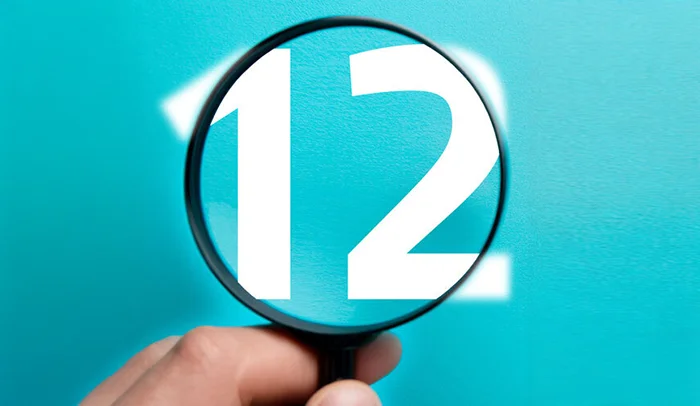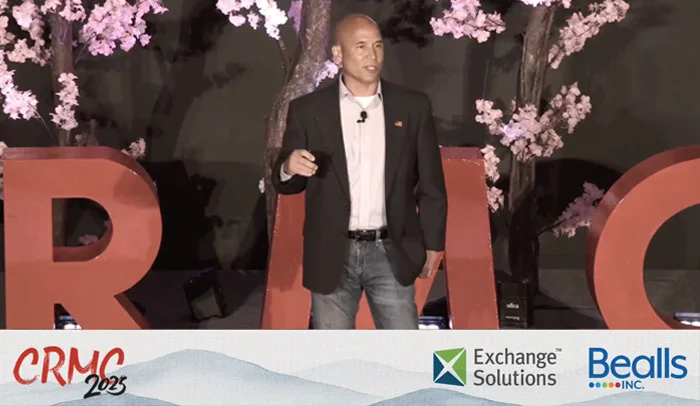As we embark on a new year filled with evolving consumer behaviors and technological advancements, loyalty marketers are gearing up to tackle an array of challenges and opportunities. In 2024, the loyalty landscape promises to be dynamic and competitive, prompting marketers to hone their strategies and embrace innovative approaches.
The most successful loyalty programs of tomorrow will be those that master the fundamentals while embracing innovative technologies and approaches. Here are the top twelve areas where forward-thinking marketers are focusing their efforts to drive meaningful customer engagement and business growth.
1. Emotional Loyalty and Experiential Rewards
Recognizing the power of emotional connections, marketers are prioritizing experiential rewards that resonate with consumers on a deeper level. By offering memorable experiences and personalized interactions, brands can foster lasting emotional loyalty that goes beyond transactional relationships.
Key Strategy: Experience-First Rewards
Modern consumers value experiences over material possessions. Successful loyalty programs are shifting from traditional point-based systems to offering unique experiences like exclusive events, behind-the-scenes access, and personalized services that create lasting memories and emotional connections.
2. Adapting to Younger Generations in B2B Buying
With younger generations playing an increasingly prominent role in B2B purchasing decisions, marketers must demand that their loyalty program administrative tools cater to the preferences and expectations of millennial and Gen Z buyers.
Adopting hands-on controls with digital-first approaches and incorporating gamification elements will be key to engaging these demographics effectively.
3. Incorporating Value-Driven Rewards
Beyond traditional discounts and incentives, marketers are focusing on providing value-driven rewards that align with consumers' lifestyles and priorities. From sustainability initiatives to wellness perks, brands are seeking to differentiate themselves by offering rewards that resonate with their target audience's values.
Values-Aligned Loyalty
Today's consumers expect brands to share their values. Successful loyalty programs integrate social responsibility, environmental consciousness, and community support into their reward structures, creating deeper brand affinity.
4. AI-Driven 1:1 Marketing for Enhanced Retention
Leveraging AI-driven 1:1 marketing techniques, marketers are enhancing consumer retention while optimizing costs. By analyzing vast amounts of data and delivering personalized messaging across various touchpoints, brands can strengthen relationships with existing consumers and drive long-term loyalty.
5. Strategic Shift Toward Retention Over Acquisition
In a competitive marketplace, marketers are shifting their focus from consumer acquisition to retention, recognizing the value of nurturing existing relationships. By implementing loyalty initiatives that prioritize retention metrics and consumer lifetime value, brands can maximize profitability and sustainable growth.
The Economics of Retention
Research consistently shows that retaining existing customers costs 5-25 times less than acquiring new ones. Forward-thinking loyalty programs are reallocating resources to maximize customer lifetime value through enhanced retention strategies.
6. AI-Powered Personalization at Scale
AI-powered personalization continues to be a cornerstone of loyalty marketing strategies, allowing brands to deliver relevant content and offers in real-time. By harnessing machine learning algorithms, marketers can anticipate consumer needs and preferences, driving engagement and loyalty.
7. Advanced Data Management and Analytics
Data remains a critical asset for loyalty marketers, who are investing in advanced data management and analytics tools to gain actionable insights. By harnessing the power of data analytics, brands can optimize their loyalty programs, identify trends, and tailor strategies to meet evolving consumer demands.
8. Mobile-First Loyalty Experiences
With mobile usage continuing to rise, marketers are prioritizing the development of user-friendly mobile apps to enhance the consumer experience and drive engagement. Mobile apps serve as central hubs for loyalty programs, offering seamless navigation, personalized recommendations, and exclusive rewards.
9. Micro-Influencer Partnerships and Social Commerce
Marketers are leveraging micro-influencer partnerships and social commerce to amplify their loyalty efforts and reach new audiences. By collaborating with authentic voices and integrating social commerce functionalities, brands can tap into the power of peer recommendations and drive conversions.
Authentic Advocacy
Micro-influencers often have higher engagement rates and more authentic connections with their audiences compared to macro-influencers. Loyalty programs that integrate these partnerships create more genuine brand advocacy and trust.
10. Community Building Beyond Transactions
Beyond transactional interactions, marketers are focusing on building vibrant communities and fostering ongoing engagement with their consumers. Through online forums, exclusive events, and user-generated content initiatives, brands can nurture a sense of belonging and advocacy among loyal followers.
11. AR/VR for Immersive Shopping Experiences
Augmented reality (AR) and virtual reality (VR) technologies are playing an increasingly prominent role in loyalty marketing, offering immersive shopping experiences and interactive engagement opportunities. By integrating AR/VR functionalities into their loyalty programs, brands can differentiate themselves and delight consumers with innovative experiences.
12. Feedback-Driven Program Optimization
Marketers are prioritizing gathering post-purchase feedback and soliciting direct input from consumers to refine their loyalty strategies and address pain points. By listening to consumer feedback and implementing improvements, brands can demonstrate their commitment to consumer satisfaction and drive loyalty.
Continuous Improvement Through Feedback
The most successful loyalty programs treat customer feedback as a strategic asset. Regular surveys, feedback loops, and data analysis help programs evolve continuously to meet changing customer expectations and preferences.
Looking Ahead: The Future of Loyalty Marketing
2024 promises to be an exciting year for loyalty marketers, filled with opportunities to innovate, engage, and delight consumers. By focusing on these twelve key areas, brands can stay ahead of the curve and build enduring relationships with their audience in an ever-evolving marketplace.
The most successful programs will be those that combine emotional intelligence with technological innovation, creating loyalty ecosystems that deliver value to both customers and businesses.
Continue Your Loyalty Journey
What will happen next in Loyalty? Explore our comprehensive analysis in "The Future of Loyalty: Top 10 Predictions Reshaping the Market" for deeper insights into emerging trends and strategic opportunities.





